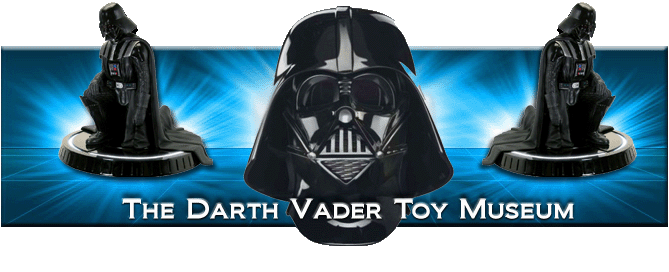Star Wars Card Trader is a digital trading card app developed by The Topps Company, Inc. It offers Star Wars fans a modern way to collect and trade digital cards featuring characters, vehicles, and iconic moments from the Star Wars universe. Users can open digital packs, trade with others worldwide, and complete sets to earn special rewards. The app brings the traditional hobby of collecting trading cards into the digital era, allowing fans to engage with the Star Wars franchise in a new and interactive way. It is available on both Android and iOS platforms, making it accessible to a wide audience of Star Wars enthusiasts.
There are different types of prints within SWCT. For example:
A short print (SP) in card collecting refers to a card that is printed in smaller quantities compared to the base cards in a set. This concept dates back to the early days of card production when cards were printed on sheets. If the total number of cards in a set did not evenly divide by the number of cards per sheet, some cards would not be printed as frequently, making them less common or “short printed.” These cards are typically more scarce and can be more valuable to collectors. The term “super short print” (SSP) is used for cards that are even more limited in quantity than short prints. Learn more.
The history of trading cards dates back to the late 19th century, with early versions appearing as promotional items inserted into tobacco products. The American Tobacco Company’s T206 tobacco card featuring Honus Wagner, which debuted in 1909 and has since grown to be one of the most coveted and well-known cards among collectors, is the most notable early example. The concept evolved, with companies like Topps Chewing Gum, Inc. introducing trading cards in bubble gum packs in 1950, covering a range of subjects from TV and film to sports. Topps cemented its position in the trading card industry with its 1952 baseball set, considered a pioneering effort for modern trading cards due to its comprehensive player stats and design resembling playing cards.
The transition to digital trading cards began in the late 20th and early 21st centuries, with Michael A. Pace creating “computer-based” trading cards in 1995, utilizing CD ROMs and floppy discs. Topps launched eTopps in 2000, selling sports cards exclusively online through initial player offerings (IPOs) and allowing for online trading. The digital collectible card games market was estimated to be a $1.3 billion industry in 2013, with various startups and established companies like Panini and Topps exploring digital platforms. These digital cards, often utilizing blockchain technology for secure transactions and proof of ownership, have significantly altered the collecting landscape, offering benefits like global trading, enhanced security against counterfeits, and innovative engagement through digital features.
